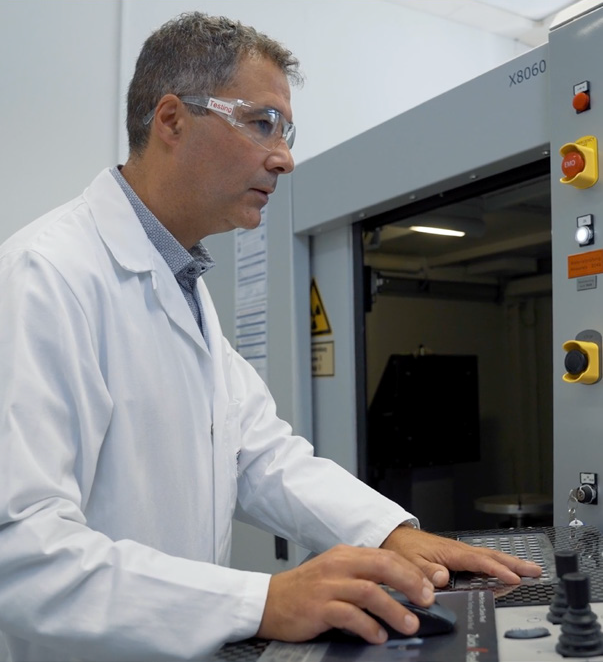Understanding the relation between the expansion and contraction characteristics of two materials in contact is key to understanding where potential failures may occur. Thermal expansion can be determined by applying the ISO 11359-2 test standard.
Testing and Simulation of Thermal Expansion
When temperatures increase, most materials tend to expand, causing a change in material dimensions. When two materials that exhibit different thermal expansion behaviors are in direct contact, such as an adhesive and adherend, warping or internal stress may occur, eventually leading to joint failure.
Coefficient of Linear Thermal Expansion (CLTE) testing has been developed to assess the material expansion and contraction rate over a given temperature range. CLTE is frequently used in design scenarios and can offer researchers insight into whether failure by thermal stress is likely to occur.
This is an area of particular interest to sectors such as automotive and aerospace where in certain application areas the thermal environment is in constant flux.

Image Credit: Huntsman Advanced Materials
Testing Procedure
Huntsman, uses the ISO 11359-2 test standard when measuring thermal expansion properties. The test is carried out by inserting the material into a holder with one end in contact with a push-rod.
The sample and holder are encapsulated within a precision temperature chamber and the sample is subjected to various cooling and isothermal conditions.
Linear dimensional change: a precision displacement sensor is used to measure how much the sample expands and contracts.
Measuring thermal expansion generates a Coefficient of Linear Thermal Expansion (CLTE) across a range of temperatures and provides a greater understanding of critical material changes such as glass transition.
Test Parameters
A standard sample with dimensions of 50 mm x 4 mm x 4 mm (Length x Width x Thickness) is a milled rectangular specimen. Each end of the test specimen must be milled precisely to ensure that they are parallel.
At least two test specimens from each sample as a minimum are required for testing.
Data Provided
The Coefficient of Linear Thermal Expansion (CLTE) represents the fractional linear change per degree change in temperature. It shows how an object changes in size when a change in temperature occurs. Lower coefficients identify a lower propensity for change in size.
CLTE is calculated with the following equation:
CLTE = (L1 - L0) / (L0 *ΔT)
where L0 represents the initial length of the sample at room temperature, L1 corresponds to the length of the sample at temperature T, and T is in kelvin.
Tips for Modeling and Simulation
Coefficient of Linear Thermal Expansion (CLTE) is an important and fundamental data input for simulating thermal cycle as well as residual stress effects.
When running this simulation, a coupled analysis of heat transfer is required in combination with solid mechanics and necessitates definition of a reference temperature (stress-free state) where the structure is at the equilibrium.
It is possible to import CLTE data in a finite element software by allocating the various CLTE values below and above the glass transition temperature (secant method) or conversely by presenting the pointwise CLTE values as a function of temperature in tabular manner (tangent method).

This information has been sourced, reviewed and adapted from materials provided by Huntsman Advanced Materials.
For more information on this source, please visit Huntsman Advanced Materials.